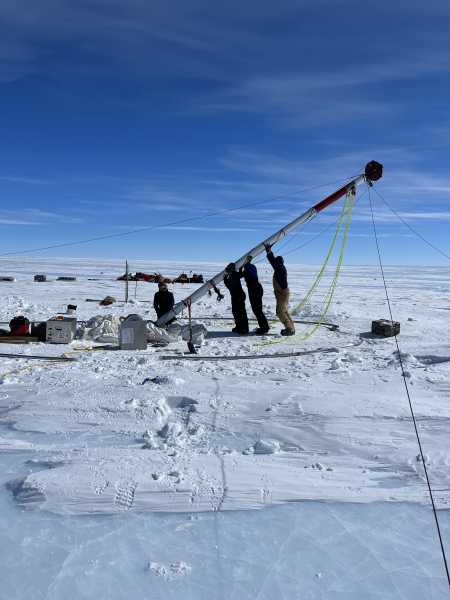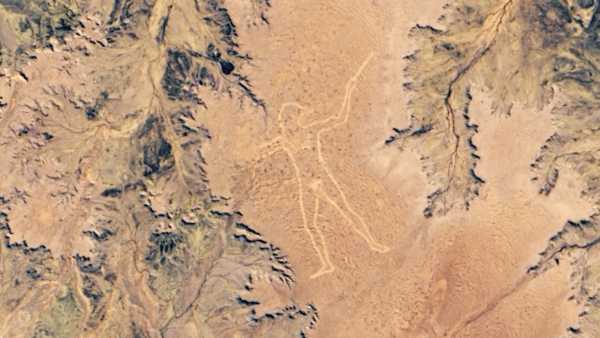
The 2021 South Atlantic tsunami has had significant repercussions around the world. (Photo courtesy of NOAA Tsunami Research Center)
A new study has found that the mysterious source of a tsunami that swept the planet and traveled up to 6,000 miles (10,000 kilometers) from its epicentre was an “invisible” earthquake.
In August 2021, a massive tsunami struck the North Atlantic, Pacific and Indian Oceans. It was the first time a tsunami had been recorded in three different oceans since the devastating 2004 Indian Ocean earthquake, which scientists believed was caused by a magnitude 7.5 quake near the South Sandwich Islands (a British overseas territory in the South Atlantic Ocean).
However, not all was as it seemed. Researchers were puzzled to discover that the quake's supposed epicenter was 30 miles (47 km) beneath the ocean floor, too deep to have caused a tsunami, and that the rupture in the tectonic plate that caused it was nearly 250 miles (400 km) long – a rupture that would have produced a much larger quake.
Now, a new study published Feb. 8 in the journal Geophysical Research Letters has shown that the quake was actually a sequence of five sub-earthquakes, separated by just minutes. And the third of those mini-earthquakes — a smaller, “invisible” quake that eluded monitoring systems at the time — turned out to be the magnitude 8.2 quake that caused the tsunami.
“The third event is unique because it was huge and quiet,” said Caltech seismologist Zhe Jia. “It was almost invisible in the data we typically use [to monitor earthquakes].”
The researchers were able to isolate the third quake’s signal from the complex seismic background by splitting the data into longer, 500-second chunks and using an algorithm to isolate its components. Only then did the 200-second quake, which Jia says accounted for 70 percent of the energy released in the entire event, become apparent. The hidden quake, which ruptured the 125-mile (200-kilometer) boundary between the two plates, occurred just 9.3 miles (15 kilometers) below the Earth’s surface — the perfect depth for a tsunami to occur.
The researchers say the quake went undetected because it was a hybrid of two types of oceanic earthquakes: a “deep rupture” type caused by sudden plate sliding, and a “slow tsunamigenic slip” caused by the much slower, sometimes weeks-long, friction of one plate against another. Slow slip earthquakes can release as much tectonic energy as high-magnitude quakes, but their slow nature, combined with the fact that they don’t produce significant seismic tremors, often makes them difficult to detect.
In fact, most earthquake and tsunami warning systems typically focus on tracking short- and medium-period seismic waves, leaving longer-period waves that can also create life-threatening tsunamis hidden within the data, Jia said. The researchers are looking to change that, with a long-term goal of developing a system that can automatically detect and warn coastal regions of more complex tsunami-producing earthquakes, similar to how current systems handle simpler ones.
“With these complex earthquakes, an event happens and we think, ‘Oh, it’s not that big, we don’t need to worry about it.
Sourse: www.livescience.com





